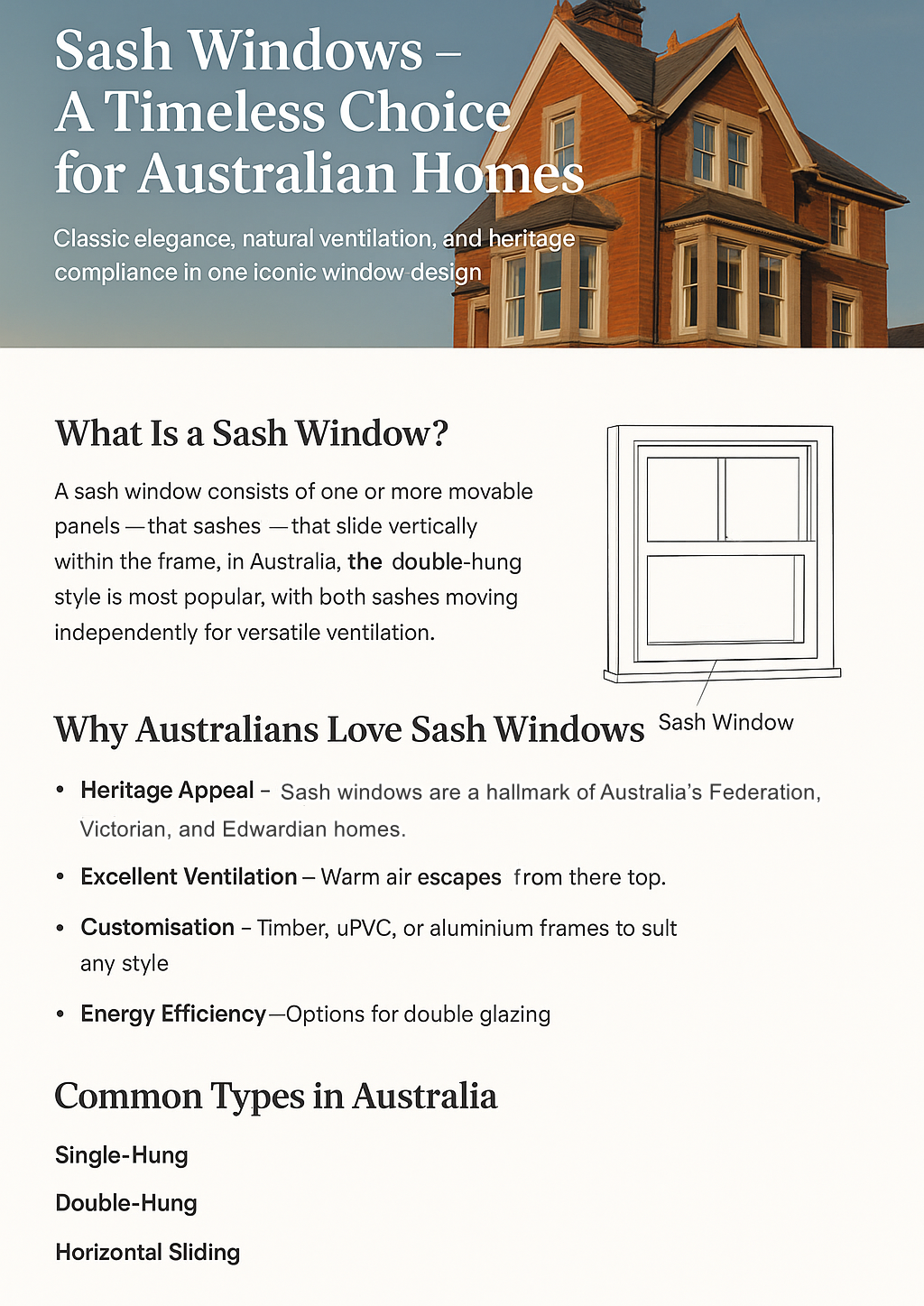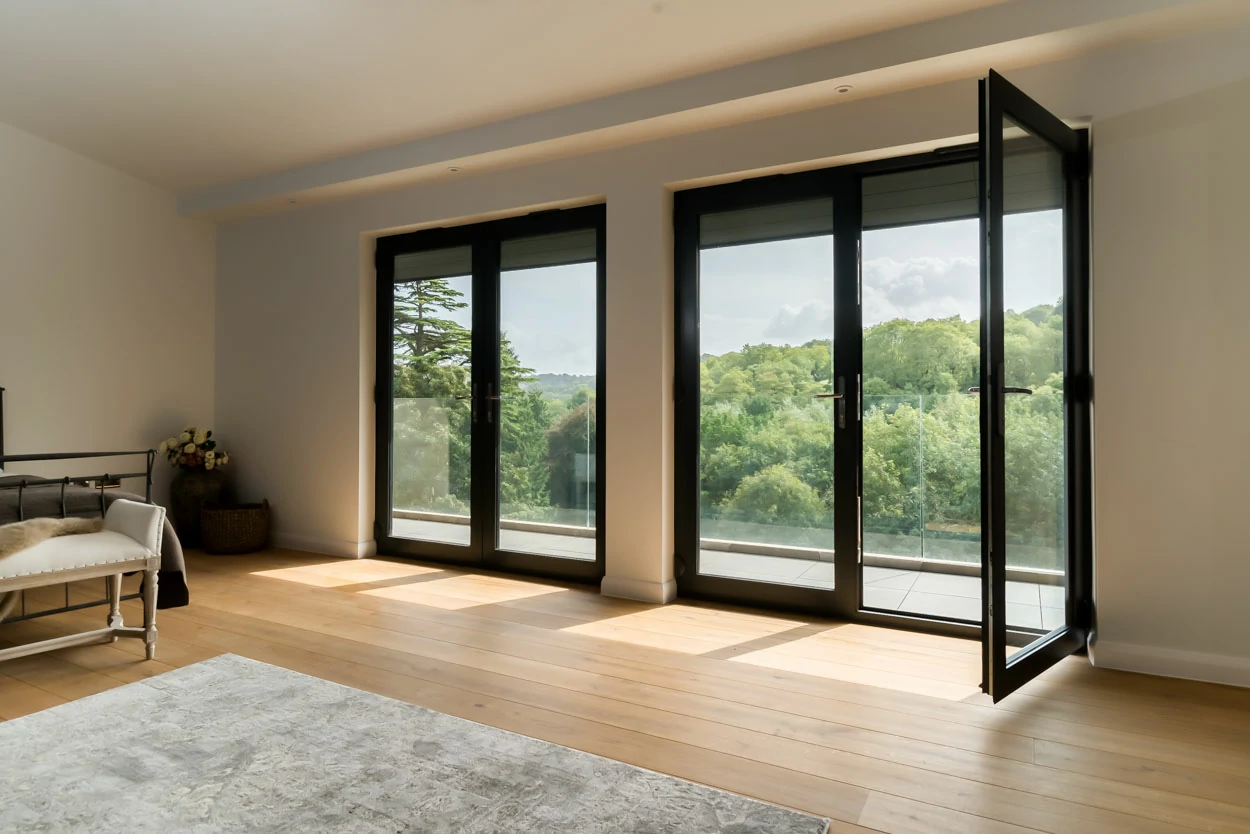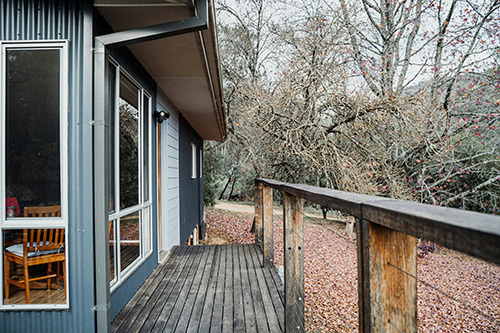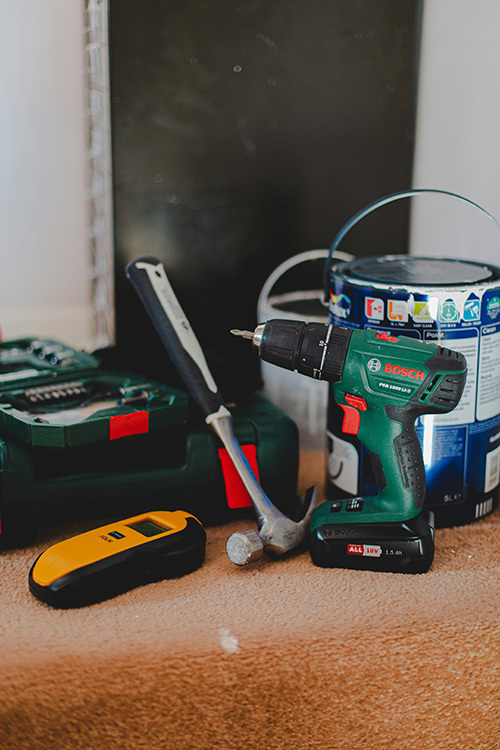-
Main Building ComponentsMain Building Components
-
Cladding & Boards
-
Facade
-
Windows & DoorsWindows & Doors
-
Flooring
-
Furniture
-
Sanitary
-
Lighting & ElectricalLighting & Electrical
-
PlumbingPlumbing
-
Garden
-
Tool
-
OthersOthers
Exploring Facades: Types, Uses, and Trends in Modern Building Materials
Release time:
23 Jan,2025
Facades are one of the most critical elements in modern architecture, acting as the face of a building while combining aesthetic appeal with functionality.
Exploring Facades: Types, Uses, and Trends in Modern Building Materials
Facades are one of the most critical elements in modern architecture, acting as the face of a building while combining aesthetic appeal with functionality. Whether it’s a sleek skyscraper or a charming residential home, facades play a vital role in defining a building’s character. Let’s dive into the world of facades, exploring their types, uses, and the latest trends in building materials.
What is a Facade?
In architectural terms, a facade refers to the exterior front of a building. While often associated with the front-facing portion, the term can apply to any building’s outer walls. Beyond its visual appeal, the facade serves practical purposes such as insulation, protection from weather, and noise reduction.
Types of Facades
1. Curtain Wall Facades
A curtain wall facade is a lightweight, non-structural outer covering attached to the building’s framework. Typically made from glass, aluminum, or steel, these facades are common in modern commercial buildings and skyscrapers.
2. Ventilated Facades
This type of facade incorporates an air cavity between the exterior cladding and the building wall. Ventilated facades improve energy efficiency by providing insulation and allowing natural ventilation.
3. Masonry Facades
Classic and timeless, masonry facades are made from materials like brick, stone, or concrete. They’re known for their durability and ability to create a traditional or rustic look.
4. Wooden Facades
Wood facades offer a natural, warm aesthetic. With advancements in treatment and finishes, they’re becoming increasingly durable and resistant to weather and pests.
5. Metal Facades
Metal facades, often made from aluminum or steel panels, provide a contemporary and industrial look. They are lightweight, durable, and available in various finishes and colors.
6. Green Facades
Green facades incorporate living plants to create a natural, eco-friendly appearance. They offer benefits such as improved air quality, energy efficiency, and noise reduction.
Uses of Facades
1. Enhancing Aesthetic Appeal
A facade defines the first impression of a building, reflecting its style, purpose, and architectural innovation.
2. Improving Energy Efficiency
Modern facades often include materials and designs that enhance thermal insulation and reduce energy consumption, contributing to sustainable construction.
3. Structural Protection
Facades protect the building from external factors like rain, wind, and UV rays, increasing the structure’s lifespan.
4. Noise Reduction
Facades with soundproofing capabilities create a quieter indoor environment, particularly in urban settings.
5. Ventilation and Natural Lighting
Glass facades or ventilated designs can maximize natural light and airflow, improving occupant comfort.
Trends in Facades
1. Smart Facades
Technology is transforming facades with innovations such as dynamic shading systems, self-cleaning surfaces, and energy-generating materials like photovoltaic panels.
2. Sustainable Materials
Eco-conscious building practices are leading to the use of sustainable materials like recycled metal, reclaimed wood, and biodegradable composites.
3. Biophilic Design
Green and living facades are becoming increasingly popular as part of biophilic design, which integrates natural elements into urban spaces.
4. Bold Colors and Textures
Architects are experimenting with bold colors, patterns, and textures to make facades stand out and add personality to buildings.
5. Modular and Prefabricated Facades
Prefabricated panels allow for quicker installation and reduced costs, making them a popular choice in both commercial and residential projects.
Choosing the Right Facade for Your Building
When selecting a facade, consider the building’s purpose, climate, budget, and desired aesthetic. Collaborating with architects and material experts can help ensure you make the best choice for a functional and visually striking result.
Recent Blog
Chat with us
COOKIES
Our website uses cookies and similar technologies to personalize the advertising shown to you and to help you get the best experience on our website. For more information, see our Privacy & Cookie Policy
COOKIES
Our website uses cookies and similar technologies to personalize the advertising shown to you and to help you get the best experience on our website. For more information, see our Privacy & Cookie Policy
These cookies are necessary for basic functions such as payment. Standard cookies cannot be turned off and do not store any of your information.
These cookies collect information, such as how many people are using our site or which pages are popular, to help us improve the customer experience. Turning these cookies off will mean we can't collect information to improve your experience.
These cookies enable the website to provide enhanced functionality and personalization. They may be set by us or by third-party providers whose services we have added to our pages. If you do not allow these cookies, some or all of these services may not function properly.
These cookies help us understand what you are interested in so that we can show you relevant advertising on other websites. Turning these cookies off will mean we are unable to show you any personalized advertising.





